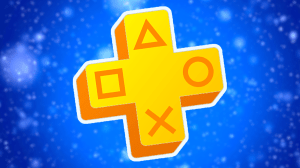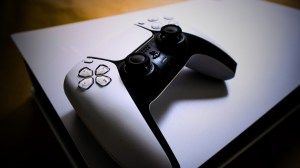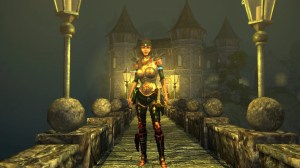Persona 3 Portable comes to modern consoles (alongside ) courtesy of Atlus and Sega. Persona 3 was a milestone release for the sub-franchise, being the first game in the series helmed by director/producer Katsura Hashino, the first with Shigenori Soejima as lead artist, and the first scored by Shoji Meguro, marking a seismic stylistic shift that led to a surge in the series’ popularity. Fans of later Persona releases may see this re-release as an opportunity to see where the buzz began to build around these games. They’d be well rewarded by a game with a deep story and satisfying gameplay, though they should be aware that this is also a game that represents a series mid-transformation.
Videos by ComicBook.com
Persona 3‘s story set the template for the Persona games that have followed. The player controls a silent protagonist who has moved into a new city, Iwatodai, and transferred to a new school, Gekkoukan High. Upon arriving, he discovers a phenomenon called the Dark Hour, an extra hour in the day that only a select few experience. His persona awakens and he joins SEES, a group of student persona-users investigating Tartarus, the tower that the high school transforms into during the Dark Hour, searching for answers.
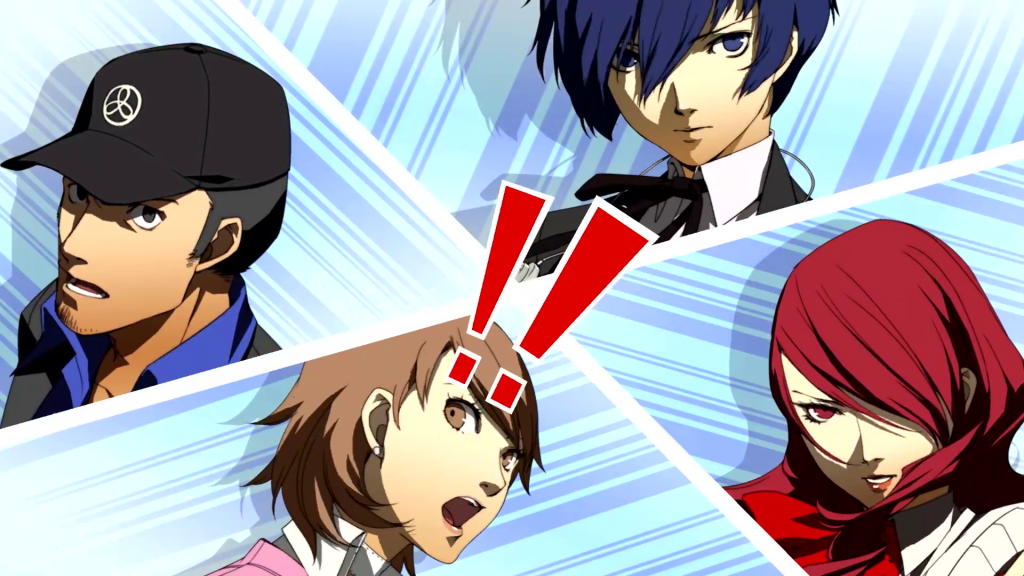
Persona 3‘s narrative is a bit darker than its sequels’, delving into topics like death and trauma. Each party member carries the weight of some life-altering event from their past. They level mock pistols called evokers at their heads to summon their personas in an uncomfortable and evocative reminder that they are revisiting their pain repeatedly in their quest. Those themes extend the side character social links, with the opportunity to spend Sundays on a park bench with a young man diagnosed with a terminal illness who is coming to terms with his mortality being a standout example. The storytelling isn’t subtle, but it is affecting.
Persona 3, like the other Persona games, splits its time between two gameplay forms. Players explore Tartarus as a turn-based dungeon crawl and get to know NPCs around the school and city through social sim-style conversational gameplay, though leveling up social links only allows players to fuse more powerful Personas and does not confer additional bonuses as in later games.
There are other noteworthy differences. Narratively, Persona 3 blurs the line between the mundane and the extraordinary more, with high-tech gadgets at certain characters’ disposal and one party member being an android.
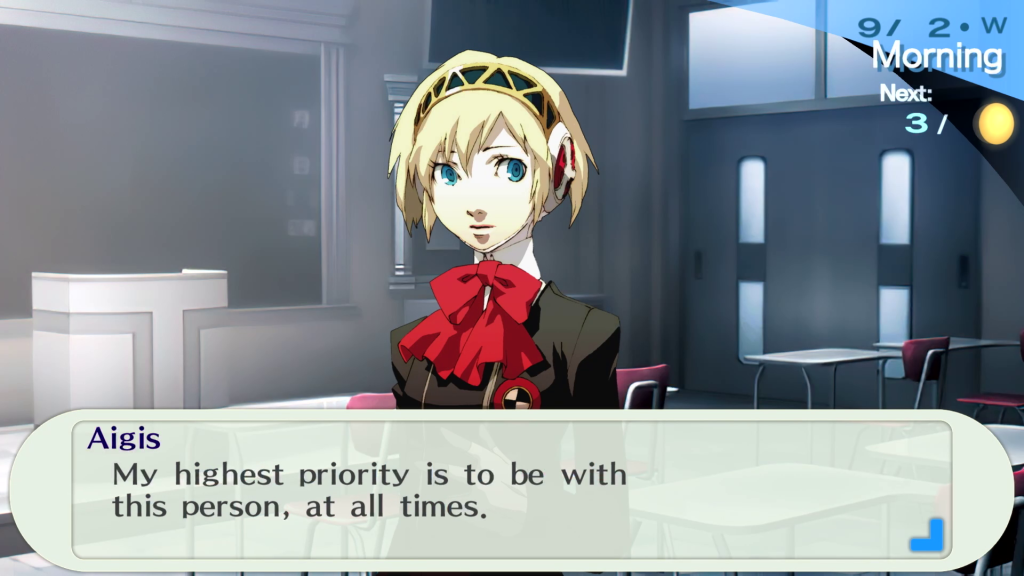
Some players may also be surprised that they can’t start social links with half of their party members. Unlike Persona 4 and 5, where the player character becomes the center of each party member’s world, Persona 3‘s characters display much more independence. As such, players can only form bonds with characters of the opposite sex, potentially leading to romance with one or all of them. The others are more or less indifferent to them. All characters will occasionally blow off exploring Tartarus because they have better things to do, making that character unavailable to payers should they choose to enter the dungeon.
This NPC individuality matters in combat and exploration, combined with Persona 3 sticking more closely to the first-person dungeon-crawling roots of Shin Megami Tensei, its parent franchise. Shin Megami Tensei is known for grind and exploration, and players can expect to spend more time dungeon-crawling here than they did in Persona 4 and Persona 5. Unfortunately, Persona 3‘s Tartarus doesn’t feature bespoke-themed dungeons to delve into, but one generic, randomly-generated tower block after another.
Party members are individuals within Tartarus. Players can split the party and even if the group sticks together a shadow might pick off a straggler and engage them in combat alone. Players also have to worry about party members getting tired, even though that system is much less severe in this version of the game than in its original release (players can also directly control all of their party members if they choose, which was not an option in the first release).

Despite those upgrades, Persona 3 Portable cannot be called the definitive version of Persona 3. As the name implies, Persona 3 Portable was first released for Sony’s handheld PSP system. It introduced a second protagonist to choose from, a female character with some exclusive social links to unlock (including the male party members). The game recommends playing the story as the male protagonist first but having the second protagonist adds replay value and options.
But to make the game playable on a portable device, Persona 3 Portable had to excise the anime cutscenes that accompanied significant story moments in the original release. They’re replaced by still images from those cutscenes over which dialogue plays. Additionally, players cannot move around environments other than Tartarus. Instead, they navigate areas with menus and a cursor. Coupled with conversations playing out via character portraits, it gives Persona 3 Portable even more of a visual novel vibe than the other games in the series. The lack of the original cutscenes seems especially silly since modern hardware should be able to handle them without issue.
Since Atlus designed Persona 3 Portable for handheld play, it feels natural in Nintendo Switch’s handheld mode, but it’s a bit awkward when playing on a television screen. In Tartarus, for example, the framing feels a bit close due to the top-down angle, limiting how well players can see around them. Generally speaking, none of the game’s locales feel intended for the size of today’s modern televisions. It’s hardly a game-breaking issue and easy enough to get used to, but there is an adjustment period.
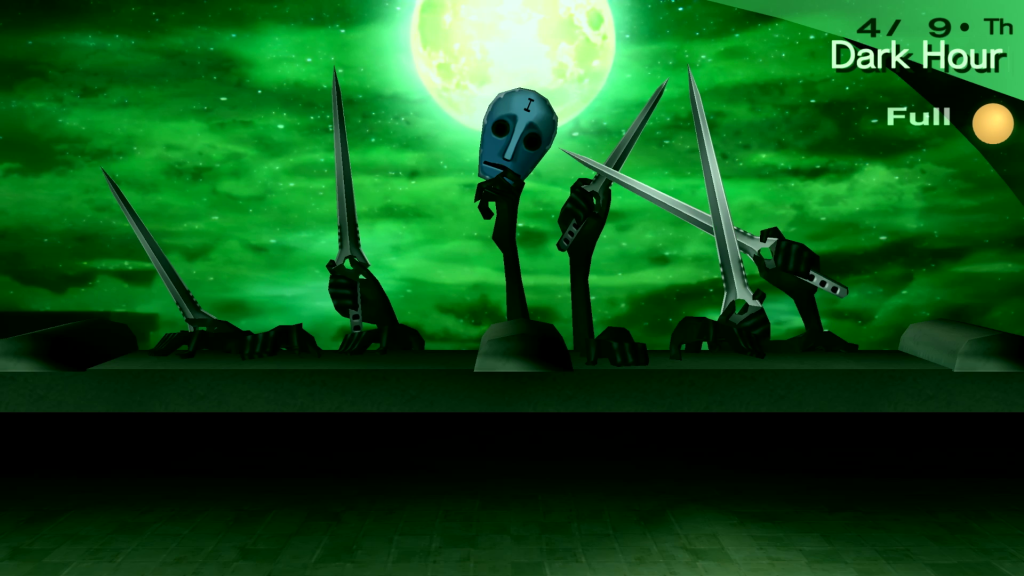
Some players will also lament that this edition of the game does not feature the added content included with Persona 3 FES, the game’s first re-release on PlayStation 2. Persona 3 Portable does incorporate the updates and tweaks implemented in Persona 3 FES. However, it does not include “The Answer,” the lengthy epilogue campaign that accompanied that picked up where the main story left off. Yet, this modern port does offer the original Japanese voice acting and the ability to save in Tartarus, not to mention the second main character. Fans are likely to debate which version of the game is more worthwhile.
Persona 3 is the game that made Persona the marquee series it is today, growing into a standalone series outside of the Shin Megami Tensei series that birthed it. Persona 3 Portable is a more awkward fit for modern hardware than Persona 4 Golden due to its initial release on an older handheld console. As the first in this new breed of Persona game, it also, in some way, feels like a proof of concept for an idea of what Persona could become, which would be more fully realized by its sequels. But as long as players can deal with a few gameplay quirks — some kinks not yet ironed out, some systems not fully developed — they’ll find Persona 3 Portable has the series’ signature aesthetic excellence– including Meguro’s killer soundtrack, blending rock, pop, and hip-hop influences — an enthralling story, and that familiar Persona gameplay rhythm that makes it hard to put down.
Rating: 4 out of 5
Persona 3 Portable is on sale now for PC, PlayStation 4, Xbox One, Xbox Series X, and Nintendo Switch. It was reviewed on a Nintendo Switch OLED with a review code provided by the publisher.



